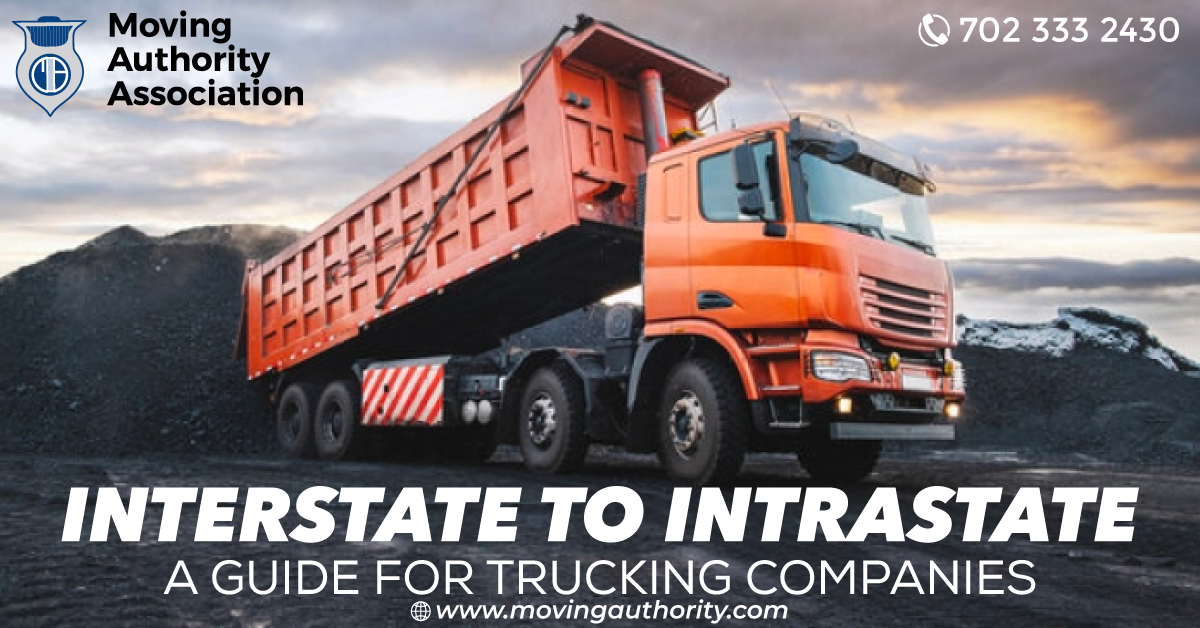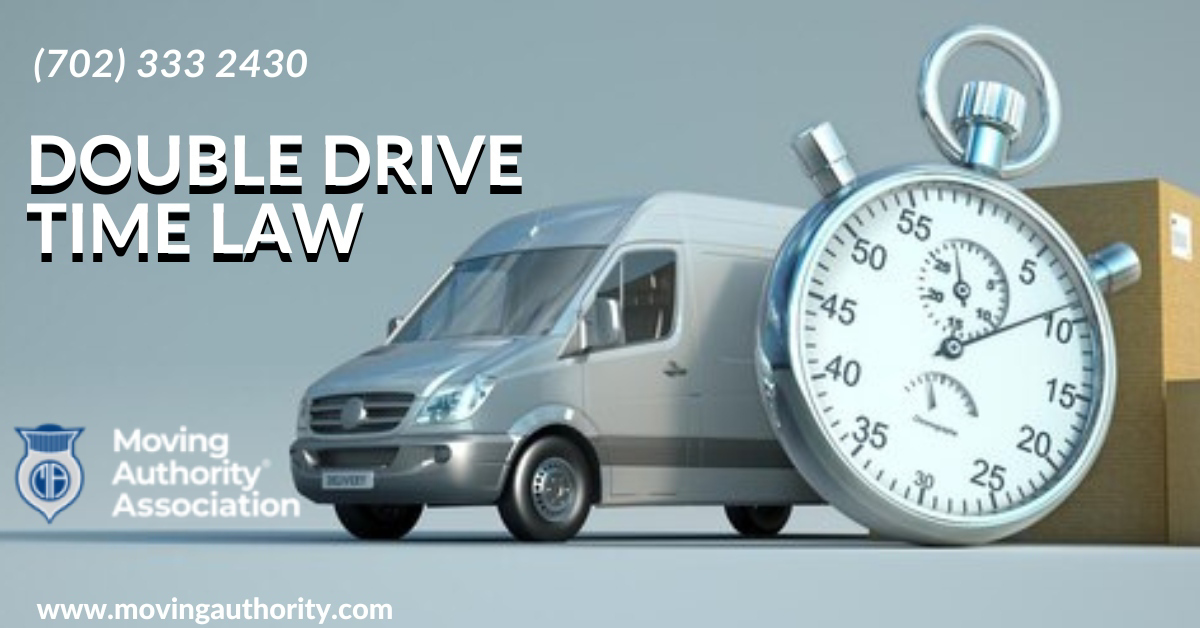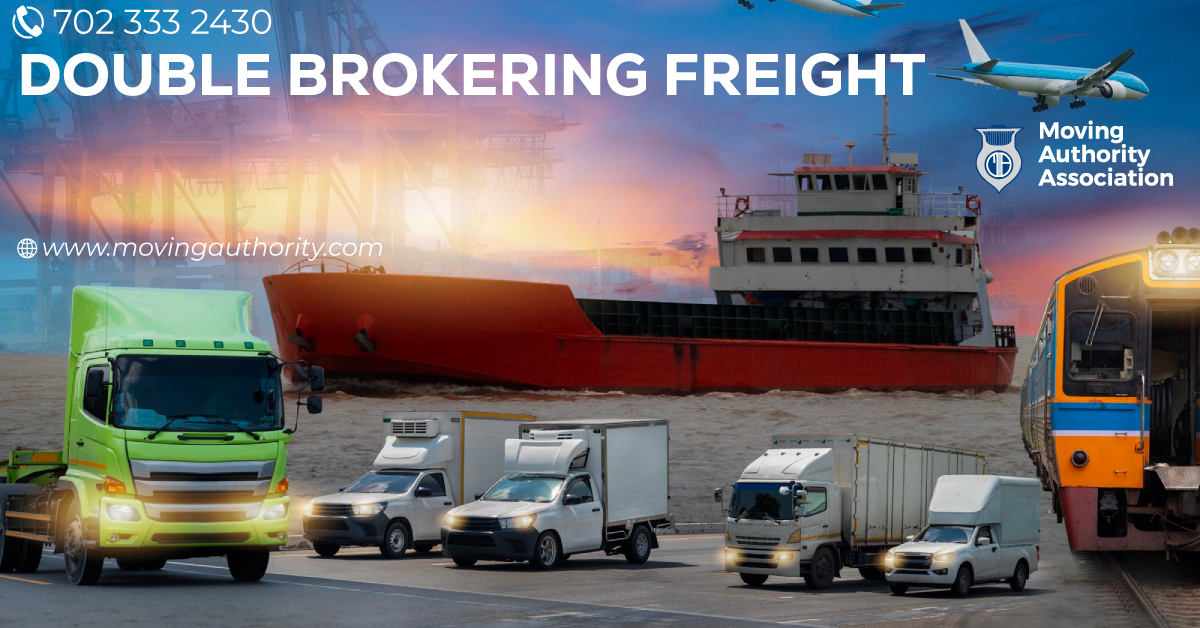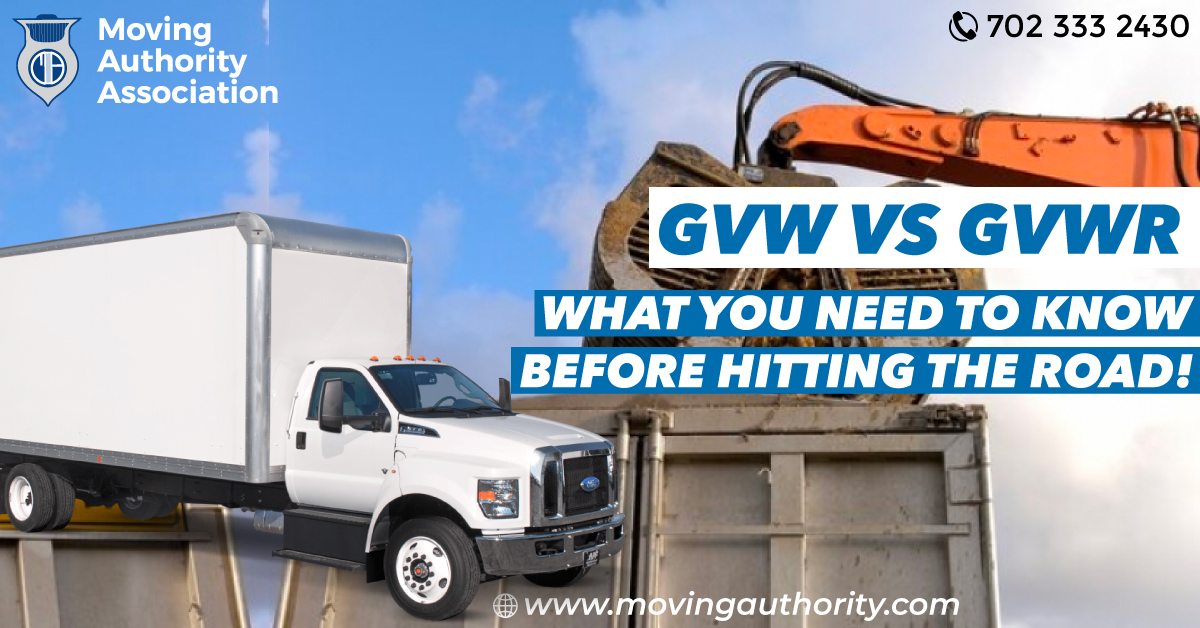
How To Change From Interstate To Intrastate, A Guide For Trucking Companies
Welcome to our guide on changing from interstate to intrastate operations for your trucking company. Learn more about Starting a Trucking Company. Trucking companies operating across state lines are considered involved in interstate commerce. In contrast, those working solely within a single state's borders are engaged in intrastate commerce. Depending on your business needs, you may want to switch from one type of operation to the other. This guide will provide an overview of the process and requirements for changing from interstate to intrastate operations.
Understanding Interstate And Intrastate Trucking
Interstate and intrastate trucking are two different types of transportation within the trucking industry. Interstate trucking refers to transporting goods across state lines, while intrastate trucking refers to transporting goods within a single state. Understanding Non-Excepted Interstate. The distinction is important because different regulations and requirements apply to each type of transportation.
For example, interstate trucking is subject to federal regulations enforced by the Federal Motor Carrier Safety Administration (FMCSA), including requirements for commercial driver's licenses (CDLs), electronic logging devices (ELDs), and hours-of-service (HOS) rules. Do you Want to know the BOC-3 Filing? Intrastate trucking, on the other hand, is subject to state regulations and requirements, which may vary depending on the state.
Trucking companies need to understand the differences between interstate and intrastate trucking to comply with the appropriate regulations and requirements. Demystifying Non-Excepted Interstate. Failure to comply with these regulations can result in penalties, fines, and even the revocation of a company's operating authority.
Changing From Interstate To Intrastate
Changing from interstate to intrastate can be a significant decision for trucking companies. Interstate Operations. This change may be prompted by a shift in business needs or changes in operations, such as a desire to focus on local deliveries or to avoid the additional regulatory burden of interstate commerce. Learn more about Biennial Update. Compliance with state laws and regulations is also a key consideration, as intrastate trucking may require additional permits or certifications. Interstate vs. Intrastate: Navigating The Differences. Furthermore, changing to intrastate trucking can save costs, as intrastate registration fees and taxes are generally lower than those for interstate commerce.
However, it is important for trucking companies to carefully evaluate the potential benefits and drawbacks of changing from interstate to intrastate before making the switch. Read more about Broker Freight Package. This may involve consulting with legal and regulatory experts to ensure compliance with all applicable laws and regulations and assess the impact on revenue and profitability. Additionally, the process of changing from interstate to intrastate can involve significant administrative work, such as updating insurance policies, permits, and licenses. The Difference Between Interstate And Intrastate Commerce. By taking a thoughtful and thorough approach to this decision, trucking companies can make the best choice for their business and ensure a smooth transition to intrastate operations.
To change from interstate to intrastate trucking, trucking companies need to research and understand state requirements. Each state has its own regulations for intrastate trucking, and it is critical to comply with those regulations to avoid penalties and fines.
After researching and understanding the state requirements, trucking companies must apply for state intrastate authority. Do you want to know Broker Mover Package information? The application process varies by state but typically requires submitting an application, paying a fee, and providing proof of insurance.
To cancel interstate authority with the Federal Motor Carrier Safety Administration (FMCSA), trucking companies must file a Motor Carrier Identification Report (Form MCS-150) and indicate that they no longer operate in interstate commerce. It is essential to cancel interstate authority with FMCSA to avoid receiving unwanted correspondence and fees.
Finally, trucking companies must update their insurance and other necessary documents to reflect the change in authority. This includes updating insurance policies to meet state requirements and updating any permits or licenses that may be affected by the change.
Potential Challenges And Considerations
Changing from interstate to intrastate trucking can be a significant decision for trucking companies, and it's important to consider potential challenges and implications. One potential challenge is the impact on existing contracts and customers. Do you want to know CA Number? If a company's operations change, they may need to renegotiate contracts or lose business with customers requiring interstate transport.
Another consideration is the financial and operational implications of the change. Intrastate trucking may have different regulations and requirements than interstate trucking, requiring additional training, equipment, or permits. Learn more about DOT Number Deactivation. Companies may also need to adjust their routes and schedules to comply with state regulations.
Timing and coordination with state and federal authorities is another important consideration. Applying for state intrastate authority and canceling interstate authority with the FMCSA can take time. Do you want to know Dot Authority? Companies may need to ensure they have the appropriate documents, such as insurance and permits, before changing.
Conclusion
Changing from interstate to intrastate can be a significant decision for a trucking company. It requires research, planning, and coordination with state and federal authorities. Know what is a Carrier Agreement. In this article, we discussed the differences between interstate and intrastate trucking, the reasons why a company may consider changing to intrastate, and the steps involved in the process.
Understanding state requirements and applying for intrastate authority are critical steps in making the transition. Canceling interstate authority with FMCSA and updating insurance and other necessary documents are also essential considerations. Read more about the Claims Package. However, trucking companies should be aware of potential challenges, such as the impact on existing contracts and customers, financial and operational implications, and timing coordination with authorities.
Proper planning and understanding of the process are crucial for a smooth and successful transition. Trucking companies considering a change from interstate to intrastate should carefully evaluate their options, consider the potential challenges, and make informed decisions that align with their business needs and goals.





